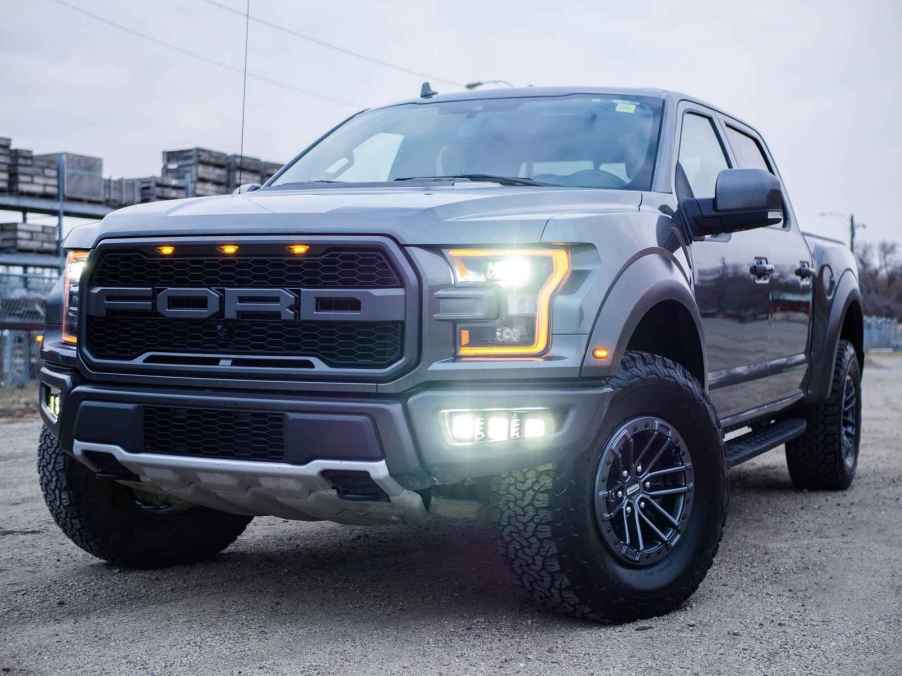
Is a Recent Design Trend Making Cars More Deadly?
Ever notice how modern car design seems kind of… square?
In the opening decades of the 21st century, the defining design concept for automotive engineers and creative designers alike was “streamlined.” The concept yielded aesthetic masterworks like the Aston Martin DB9 and melty-looking oddballs like the Youabian Puma, but it was ubiquitous: cars were meant to be smooth, soft, and curved.
In the past few years, design seems to have juked in the opposite direction. Recent Jeeps look less sculpted than chopped into shape. The modern inheritors of muscle-car marques like Mustang and Charger have kept the classic squared-off profile. Tesla’s angular Cybertruck has been likened to everything from a Cubist masterpiece to a video-game asset that hasn’t fully loaded.
Based on recent evidence, however, smooth vs. boxy is more than an aesthetic debate. Has the recent trend toward more angular cars made collisions more dangerous?
Cars are getting bigger and boxier

The shift toward boxier design is only partly aesthetic. Demand for crossovers and SUVs continues to increase, especially in the United States. SUVs, which have outperformed sedan sales for years in the US, have begun to bite into the massive American pickup truck market in recent years, per CarScoops. Despite rising gas prices, the demand for big boxes on wheels seems set to trend upward for the foreseeable future.
This car design preference has deadly consequences
Unfortunately, there’s a broad consensus that bigger, boxier vehicles are more dangerous than their streamlined counterparts, particularly in car/pedestrian collisions. A 2021 study by Justin Tyndall published in Economics of Transportation cited a 50% increase in pedestrian deaths when struck by SUVs and other light trucks as compared to cars, and estimated more than 1,100 lives could have been saved between 2000 and 2019 had car ownership risen at the rate SUVs had.
As CNN reports, a recent investigation by the Insurance Institute for Highway Safety concurred with Tyndall’s findings. While Tyndall limited his comparison to vehicle type, IIHS addressed boxy design in particular, finding that squared-off front ends increased rates of injury and fatality in collisions.
Should design trump safety?
Per the evidence to date, boxier cars are more dangerous than streamlined designs. Exactly what does that mean?
Car design is, by nature, a debate between carmakers and regulators, between the right of drivers to express themselves and the right of pedestrians and other motorists to safely go about their business. Things that seem like obvious, ubiquitous safety features today – seat belts, crumple zones, unleaded gasoline – all saw furious opposition from opponents convinced they impinged on automotive freedom. Will later generations feel the same way about angular car design?
Ultimately, that question will be answered by equal parts regulation and innovation. Automakers are already implementing automatic pedestrian braking on their bigger, boxier models. Driver assists also decrease the likelihood of a pedestrian collision. Whether those sufficiently reduce fatalities or further regulation will be required remains to be seen. For now, we just have the facts: boxy cars are more dangerous to pedestrians.





